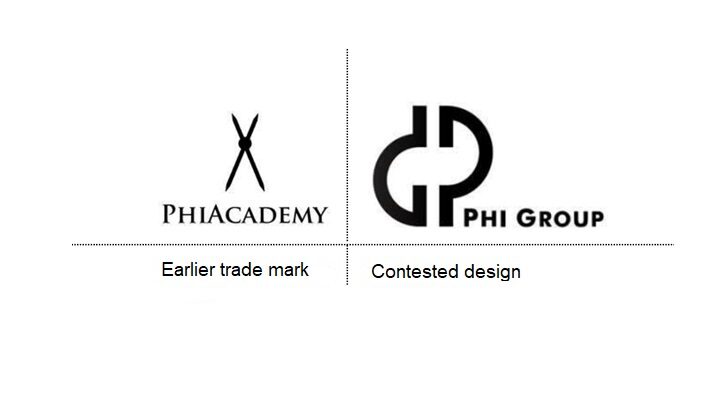IP Consulting Ltd. represented Phiacademy Doo Beograd in the EUIPO Opposition No B 3 181 492. The case involved an opposition filed by Phiacademy Doo Beograd against the European Union trade mark application No 18 722 371 (figurative mark), which was based on the earlier international trade mark registration designating Ireland No 1 511 559 (figurative mark). The opposition cited a likelihood of confusion under Article 8(1)(b) EUTMR.

The case was thoroughly investigated by the EUIPO’s Opposition Division.
It concluded that the disputed marks shared an average level of visual and aural similarity. The disputed marks differed in their extra elements, which were deemed to be just decorative or non-distinguishing. At the same time, they corresponded in the distinctive element “PHI.” The parts “ACADEMY” in the earlier trade mark and “GROUP” in the contested sign, which were deemed non-distinctive for the relevant products and services, were specifically where the marks varied. Furthermore, as both marks are decorative, the stylization and figurative aspects were judged to have no major trade mark relevance.
From a conceptual standpoint, the two signs meant different things. Nonetheless, the coinciding element “PHI” caught the relevant public’s notice and was regarded as unique. There was an average level of conceptual similarity between the marks as a result of the non-distinctive element variances having little to no effect on the conceptual similarity.
The Opposition Division took the earlier mark’s distinctiveness into account as well. The opponent’s evidence was insufficient to prove increased market share, public recognition, or promotional activity to bolster a claim of increased distinctiveness. As a result, the distinctiveness of the earlier trade mark was accepted as normal.
To sum up, the opposition was partially upheld by the Opposition Division of EUIPO. The European Union trade mark application No. 18 722 371 for the products and services in Classes 9 (Software) and 41 (Education) was rejected as a result of the successful opposition. The application was allowed to proceed for the remaining goods and services.
This ruling emphasizes how crucial it is to present solid evidence in opposition cases. Of major significance is also the complexity involved in determining uniqueness and similarity in trade mark opposition procedures.

